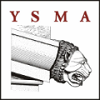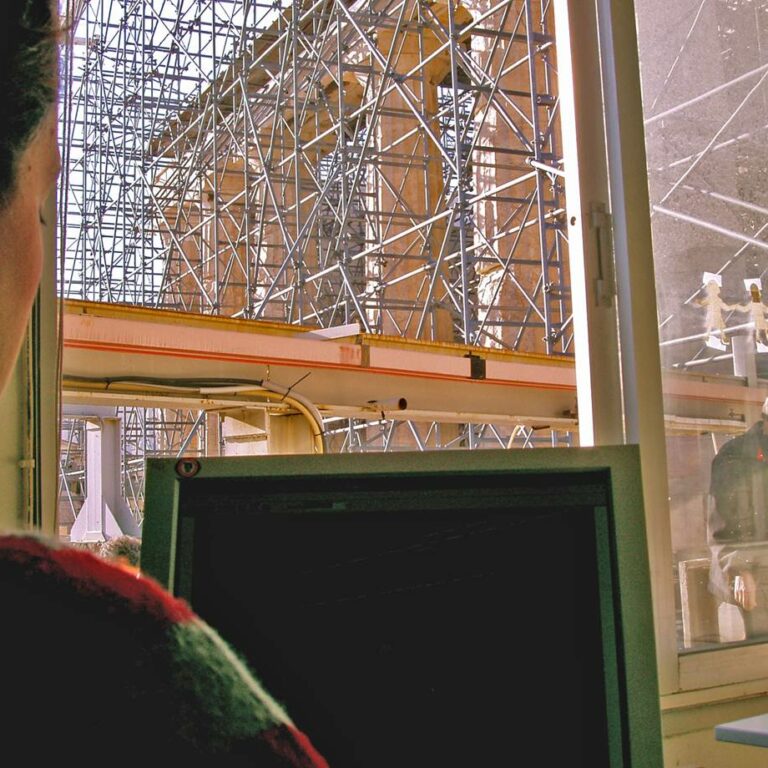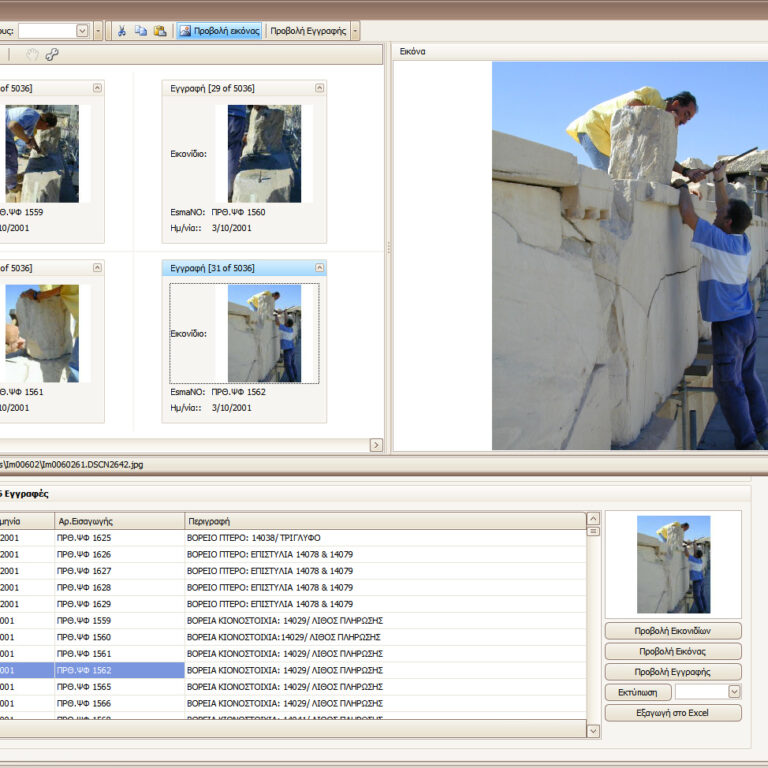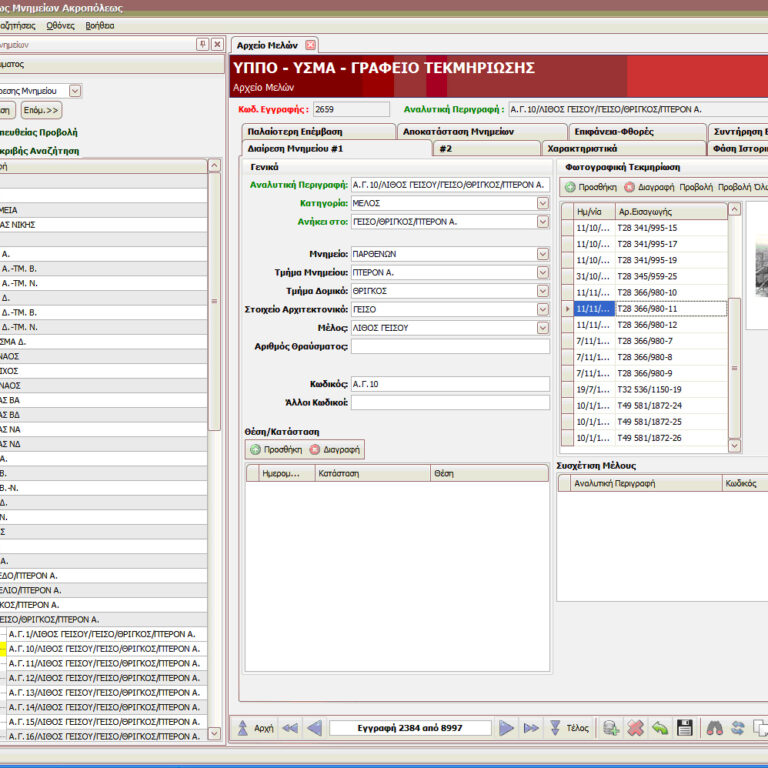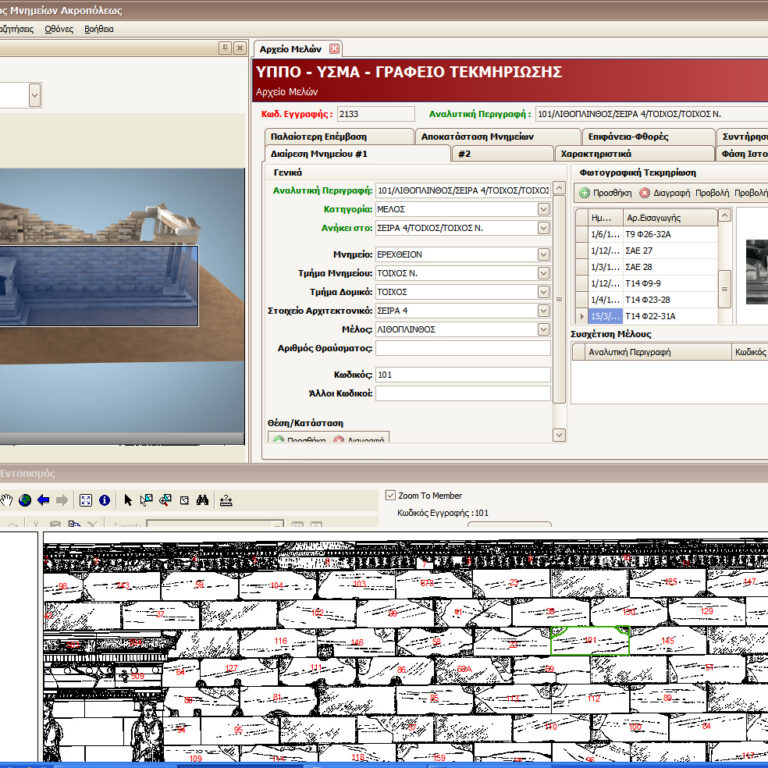
The archival material of the YSMA, together with the daily information from the interventions, is processed in the digital application of the Documentation Office.
Making use of communication technology for more effective management of the archive of the Acropolis works was considered for the first time in 1987 after the intervention on the Erechtheion had been completed. At that time a digital inventorying and management system was sought that would insure quick retrieval of information, organization and grouping of the documents, analysis and direct access to their components. In addition, the system had to support a network with many users.
The initial phase of entering the material produced during the Erechtheion restoration was accomplished with the help of the software system Sigmini, which is a copyright of the ´Ecole des Mines of Paris and the Union Minière of Belgium. Entry of the material from the Parthenon restoration began in 1997 with the help of the software system developed by the Athens Technology Center. The material from the intervention on the Erechtheion was also incorporated in the new system. From 2001 on, with the establishment of work offices in the worksites of the monuments and the networking of the computers, it has been possible to enter documents directly into the digital database as soon as it is produced. Thus, the information entered is up-to-date and completely accurate.
The database processes both pictures and texts and it comprises four archives, the archive of architectural members, the photographic archive, the archive of plans and drawings and the text archive. The archive of architectural members contains information about the monuments, arranged in hierarchical order from the entire monument and its various structural parts to the individual architectural member. In addition it includes special information divided into six groups/windows. These information groups have to do with the building characteristics of the members, traces of their historical phases, earlier interventions they have undergone, the damage they show, contemporary interventions for structural restoration and surface conservation. The other three archives contain pictures and information about the corresponding documents. Each piece of documentation (photograph, plan/drawing or text) is associated to the architectural member to which it refers. The content of the document is described with special key words and it can be associated with six special information groups/windows of the archive of architectural members.
The documentation and information entered in the digital database can be accessed by means of searching criteria, simple or composite. The ability of the data base to provide not only simple catalogues of the information documented, but also answers, composite in terms of their content and associated with the architectural members of the monuments, makes it a useful and valuable tool for those carrying out the work and for the wider scholarly community.
